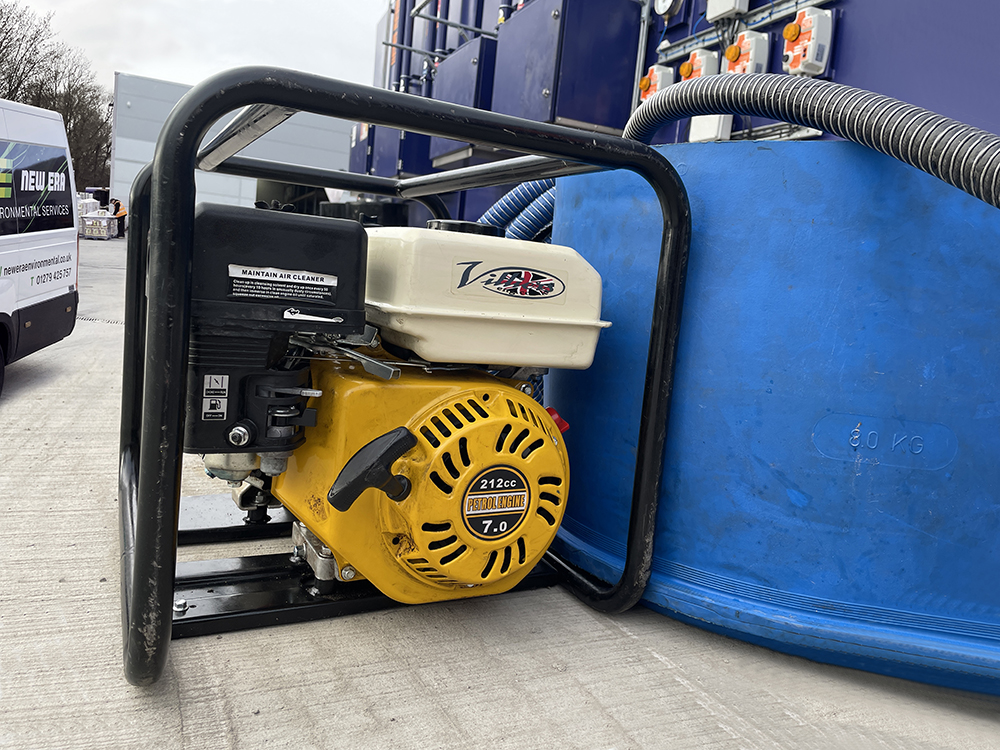
FUEL POLISHING
Fuel polishing is an advanced mechanical fuel cleaning process.
If you have a fuel storage tank, chances are that you have some form of water present. This can be in two forms, free and suspended.
Free water is easy to identify as it sits at the bottom of the tank due to its specific gravity being higher than fuel. Suspended water can be more difficult to spot and sometimes a laboratory test is required. When higher levels are present the fuel will lose its sparkle and become cloudy.

Since the introduction of biofuels in 2011, water ingress has increased due to the hygroscopic nature of these bio-blends. When water is present in your fuel, micro-organisms or (diesel-bug) begin to form. Diesel-bug tends to live at the interface or on the tank walls. If left untreated they will start to produce a layer of sludge on the bottom of the tank.
Naturally, these products are not good for your tank, fuel, or equipment. Vital qualities of your fuel can be compromised. Filters and injectors can become blocked and tank walls can start to deteriorate. Fuel polishing is a process that removes water, particulates, and sludge (diesel-bug). The process restores and lengthens fuel life cycles. We carry out a test to confirm the fuel is back to its refinery standard, ISO 4406. You can then rest assured that the fuel is clean and fit for use.
Fuel polishing FAQ:
What is fuel polishing?
Fuel polishing is an advanced mechanical fuel cleaning process. Fuel polishing removes water, sludge particulates and microbial contamination from fuel in tanks. Our knowledge and expertise guarantee limited disruption and downtime to your business.
How does fuel polishing work?
Contaminated fuel passes through increasingly fine filters ultimately reaching 1 micron absolute. This ensures the greatest removal of solid particles possible. At the final stage of polishing, the fuel is cycled through a water filter to remove all remaining water.
Will polishing disrupt my business?
No. The process will cause minimal disruption. The fuel remains in the tank during the entire process, including the fuel sampling.
How will I know if the process has been successful?
As well as a visual inspection, fuel may be sent to a lab to test against ISO 4406 for particulate count (solid contaminants), water content and density. We record the results and send them to you with the final report.
How do I know if I need my fuel polishing?
The easiest way to know if you need your fuel polished is from a visual inspection. This can be taken from the nozzle or issue point. For the most concise inspection, it is wise to perform a multiple-level sample. Fuel should be clear, bright and free from any solids or water. Suspended water could mean a cloudy or hazy product. Often these forms of contamination lie undetected at the bottom of the tank (or until your equipment fails). Regular inspections are imperative with long-term storage tanks. They prevent financial, environmental and downtime impacts.
